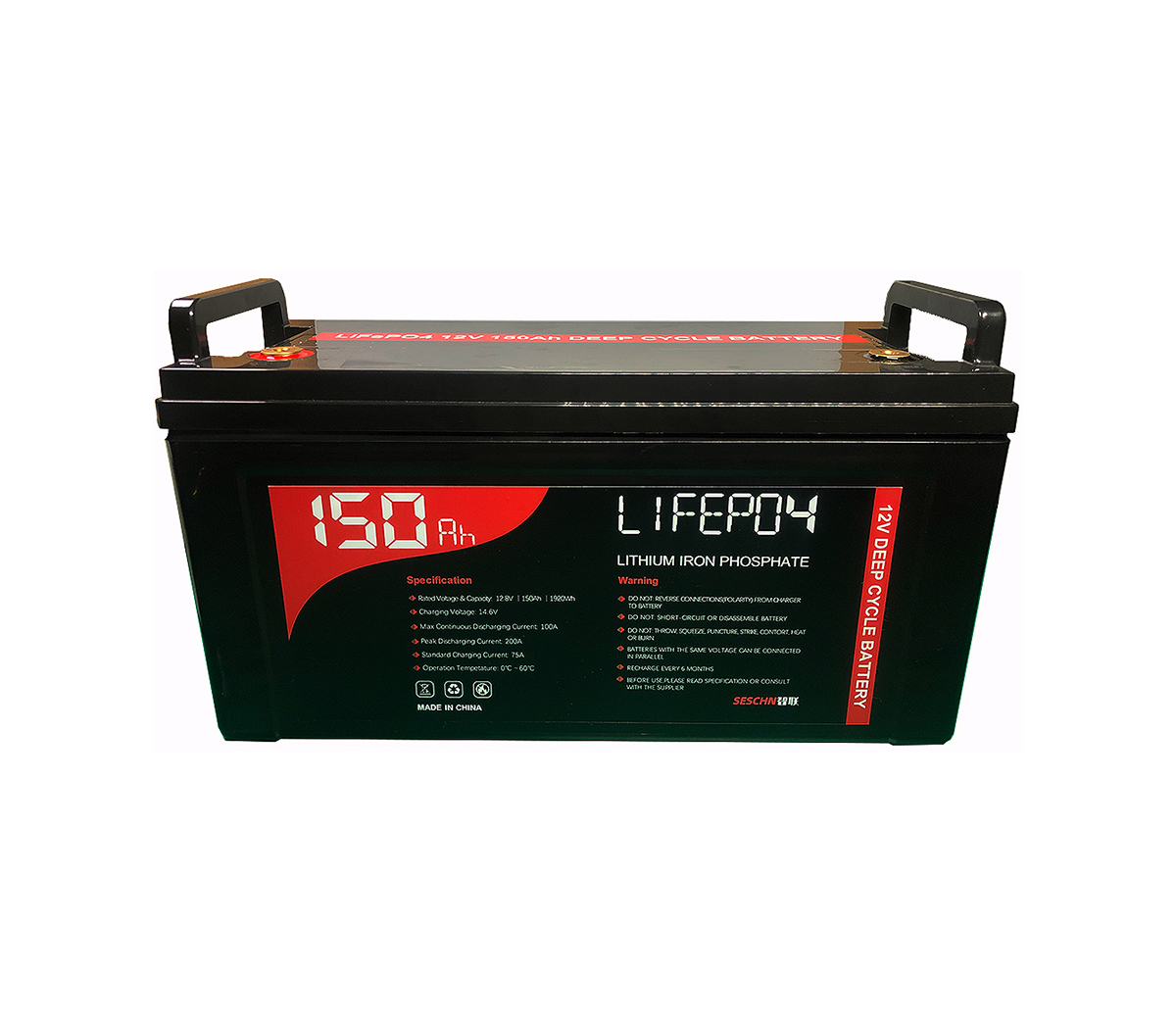Can fuel cell technology become the new energy core?
Hydrogen fuel cell, as an alternative powertrain energy source, has not yet
been widely commercialized and popularized. The fundamental reason lies in the
high technical cost and the urgent need to improve the infrastructure
construction. However, in view of increasingly severe environmental issues and
technological limitations that have not yet been broken through, I still believe
that we should continue to work towards the use of hydrogen fuel cells as a
necessary supplementary energy for pure electric vehicles.
Today, pure electric vehicles have become synonymous with zero-emission
travel. But in many cases, electric vehicles cannot meet all our needs. For
example, when driving long distances, a high degree of automation and short
charging time are essential. In the future, personal travel and business needs
will derive a variety of usage scenarios, and hybrid powertrains will continue
to develop accordingly to meet the needs of people in different situations.
Hydrogen fuel cell, as an alternative powertrain energy source, has not yet
been widely commercialized and popularized. The fundamental reason lies in the
high technical cost and the urgent need to improve the infrastructure
construction. However, in view of increasingly severe environmental issues and
technological limitations that have not yet been broken through, I still believe
that we should continue to work towards the use of hydrogen fuel cells as a
necessary supplementary energy for pure electric vehicles.
The independent electrolysis station can be financed through private equity
funds, so that this efficient infrastructure construction can be quickly rolled
out. In fact, H2-Mobility, a joint venture jointly established by several
Japanese auto giants, plans to build 80 hydrogen refueling stations by March
2022. Some countries, such as Japan, South Korea and Germany, and even some
regions, such as California in the United States, have taken the lead in taking
actions and active deployments, planning to build more than 1,000 hydrogen
refueling stations in the next five years.
As far as "green" electricity is concerned, hydrogen energy is the most
efficient energy storage solution: it can store electricity generated by
non-continuous power generation renewable energy sources (such as solar or wind
energy, etc.). For example, the hydrogen produced by 70m2 solar panels can
support vehicles traveling 20,000 kilometers. Compared with ordinary batteries,
the production of fuel cells requires fewer key materials, and hydrogen is also
the most abundant element in the universe, and there is no problem of recycling
at all.
Fuel cell technology is an attractive supplementary substitute in this
field. The endurance and refueling time of fuel cell electric vehicles are
comparable to those of gasoline vehicles, but they can achieve completely zero
emissions. Fuel cells are particularly promising in the field of trucks and
commercial vehicles, which will inevitably accelerate the development of this
technology. Companies such as Pepsi and DHL have already used fuel cell vehicles
in their distribution business. I believe this will become a new standard in the
industry, especially for cities that cause severe air pollution due to terminal
distribution. By 2030, it is estimated that at least 2 million new cars and more
than 350,000 new trucks will be equipped with fuel cell technology.
In view of this, Faurecia Group has decided to invest 15 million euros in
fuel cell research and development every year, in order to fully stimulate the
potential of this technology in the automotive industry. In the past year, we
have joined forces with R&D and technical experts to help the company
overcome various technical challenges and tailor high-performance systems for
the three key components that account for up to 80% of the value of the
technology: with Stelia Aerospace Composites Cooperate in the development of
high-pressure hydrogen storage tanks; co-produce pressure valves to improve the
energy efficiency of hydrogen storage with the French start-up company Ad-Venta;
and jointly build high-performance fuel cell stacks with the French Commission
for Atomic Energy and Alternative Energy (CEA). This is another example of
Faurecia's open innovation and our true competitive advantage.
With the maturity of fuel cell technology and the development of fuel
supply infrastructure, Faurecia's ultimate goal is to cut the cost of fuel cell
stacks in half, making it an attractive solution for vehicle manufacturers, and
finally incorporating fuel cells into electric vehicles The must-have choice. We
believe that the attention of various stakeholders to fuel cell technology will
prompt us to realize the industrialization of fuel cells and strive to build
fuel cells into a clean and efficient source of vehicle power.
Here, I am honored to announce that Faurecia has recently signed an
important contract with a well-known international vehicle manufacturer. The two
parties will jointly develop a fuel cell-driven, high-pressure hydrogen storage
system for light commercial vehicle fleets, which is expected to be officially
put into use in early 2021. .
Hydrogen energy will become a key part of the future energy system, because
hydrogen is produced from a wide range of sources, which will help realize the
diversification of national energy supply and the integration of renewable
energy. In addition, hydrogen is easy to store and can achieve true zero
emission of carbon dioxide.
In summary, I firmly believe that in the next ten years, fuel cell
technology will become an important energy solution, especially in the field of
automotive hybrid powertrains. To achieve its large-scale application in the
automotive industry, short-term technological improvements and breakthroughs in
cost reduction are the only way to go.


































